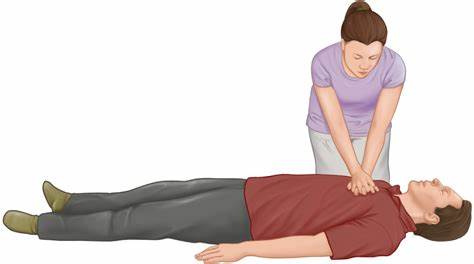CPR or cardiopulmonary resuscitation is an emergency medical procedure used to revive a person who has stopped breathing or whose heart has stopped beating. Administering CPR promptly and effectively can save a life. Here’s how to do it.
Step 1: Assess the situation
Before administering CPR, make sure the scene is safe for you and the victim. Look for any hazards that could pose a risk to yourself or the victim. If possible, ask someone to call emergency services while you start performing CPR.
Step 2: Check for responsiveness
Check if the victim is responsive by tapping them on the shoulder or asking if they’re okay. If the victim doesn’t respond, call out for help.
Step 3: Open the airway
To open the airway, place the victim on their back and tilt their head back by gently lifting their chin. This will help keep their airway open.
Step 4: Check for breathing
Check if the victim is breathing by looking for chest movement, listening for sounds of breathing, and feeling for breaths on your cheek. If the victim is not breathing or breathing is irregular, begin CPR.
Step 5: Start chest compressions
To perform chest compressions, place the heel of your hand on the center of the victim’s chest, between the nipples. Place your other hand on top of the first hand, and interlock your fingers. Press down on the chest with both hands, using your upper body weight. Compress the chest by about 2 inches, and perform at a rate of 100-120 compressions per minute.
Step 6: Give rescue breaths
After performing 30 chest compressions, give the victim two rescue breaths. Tilt their head back, pinch their nose shut, and seal your mouth over theirs. Blow into their mouth until you see their chest rise. Remove your mouth and let the chest fall. Repeat the process for the second breath.
Step 7: Repeat the cycle
Continue performing cycles of 30 chest compressions and two rescue breaths until the victim starts breathing on their own or emergency services arrive.
In conclusion, administering CPR is a crucial life-saving technique that requires prompt and effective action. Remember to always check the situation, assess the victim’s responsiveness, open the airway, check for breathing, perform chest compressions, give rescue breaths, and repeat the cycle until help arrives. With practice, you can be ready to save a life if ever the need arises.

